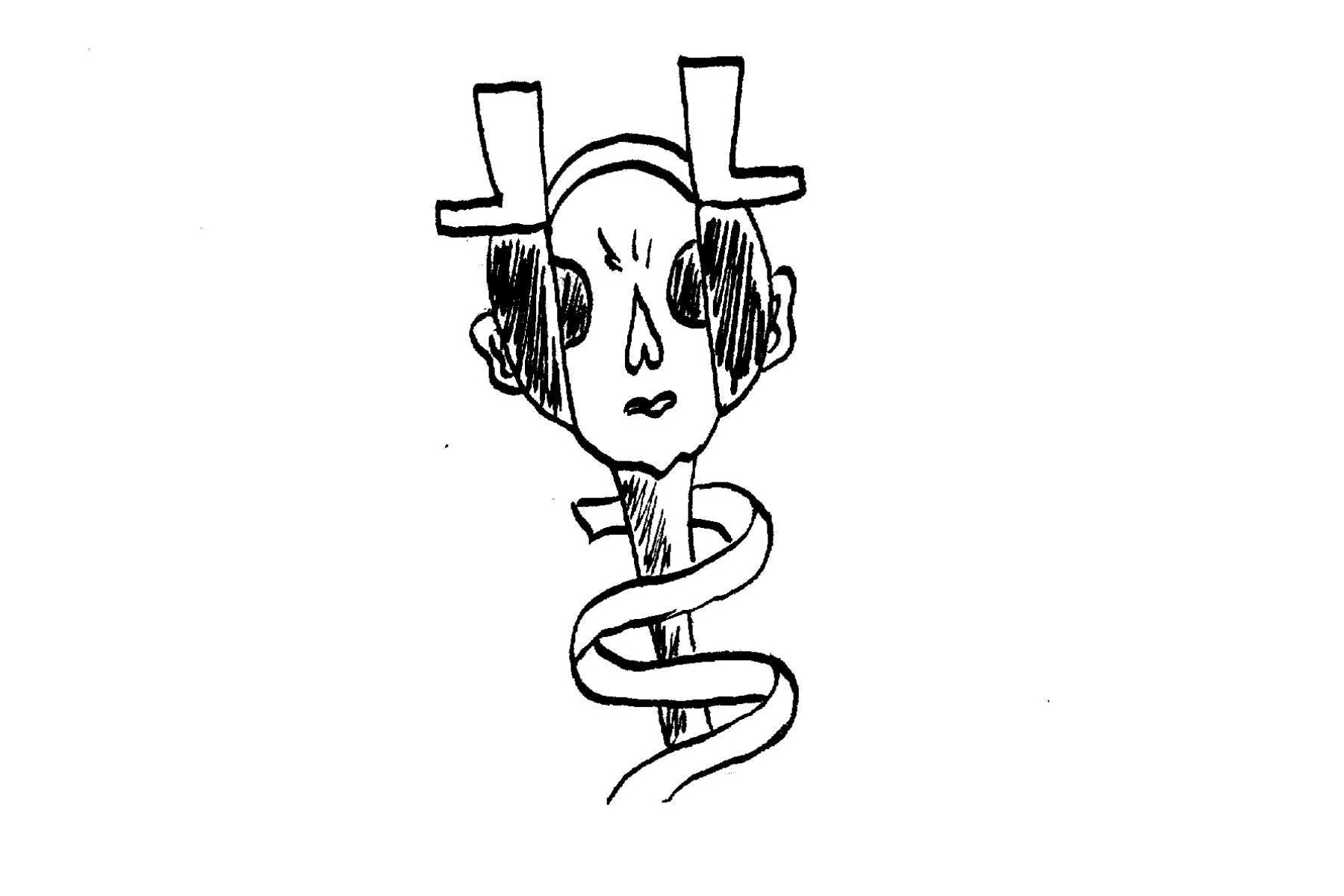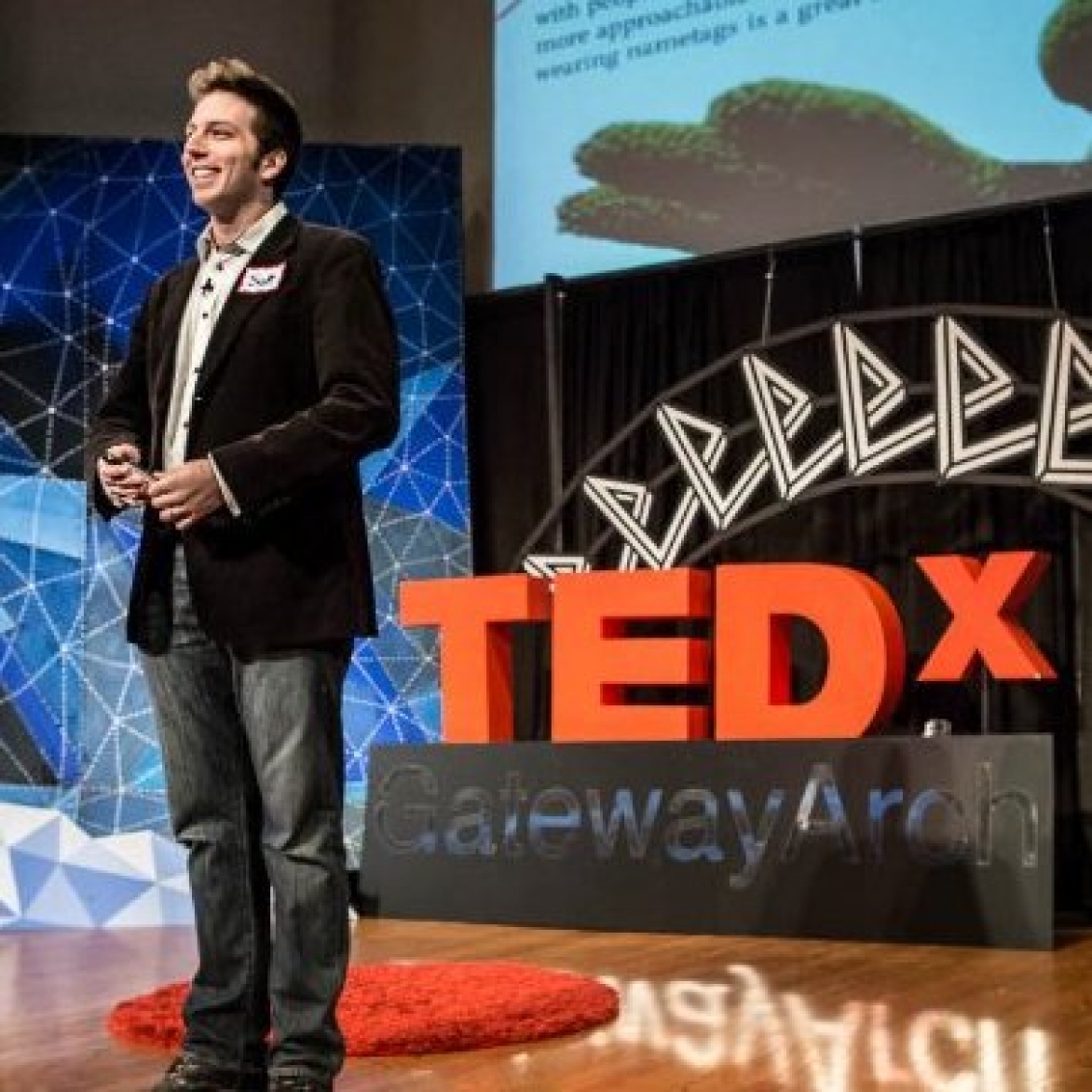
The Context
Scorsese was the first filmmaker to introduced the philosophy of, one for them, one for me. It’s become an old tradition in the movie industry now. Here’s how it works. Actors and directors accrue financial and reputational capital within the studio system by making crowd pleasing pictures guaranteed to crush it at the box office. That’s one for them. Next, they cash in their chips and create independent and personal projects that are more offbeat and risky. That’s one for me. What’s great about this philosophy is, you don’t have be a filmmaker to make it work for you. Becoming your own patron is a strategy that anyone can implement.
The Tool
Dual Citizenship
DUAL CITIZENSHIP — Securing a professional work opportunity that finances the rest of your artistic projects
It requires the creative combination of five things. Intention, occupation, attention, compartmentalization and integration. Let’s break each of those down. First, intention. We announce to ourselves that since the world doesn’t have any obligation to underwrite our creative dreams, the onus is on us. We don the mantle of patronage for our own work, undertaking this as part of our meaning making mission, trusting that nobody can stop us. Second, occupation. That means securing some kind of professional work opportunity, whether it’s full time, part time, freelance or otherwise, which offers us a way to be our own bankroller. It’s a vehicle. A means to an ends. It doesn’t have to be perfect. It’s not our primary container for fulfillment. It only has to finance the rest of our artistic projects. Third is attention. We train ourselves to make art and bite into our work in stolen moments and borrowed time, filling the cracks and pockets of our days with portable micro creation. We satisfy our corporate studio obligations, so to speak, while also folding our independent dreams into our everyday routine. Next is compartmentalization. This is the hardest part, because we have to view ourselves as dual citizens. We have to accept the part of ourselves that works for the man, and we have to accept the part of ourselves that boldly captains our own creative pirate ship. And along the way, we constantly remind ourselves that we don’t have to be of that world, only engage with it so we can build our own world elsewhere. Finally, integration. We use one arena to leverage and inform the other. This is where the mantra, one for them, one for me, really starts to play out.

Scott's Take
While working at an advertising agency that overpaid and undervalued me, about half of my working hours were spent secretly authoring a book on yoga. The advance from my publisher was only a few thousand bucks, but once that book hit the shelves the following year and my royalty check came through, that money was then invested in some snazzy production equipment for my product development and innovation gameshow. About two years later, while working at a startup, my bosses gave me a raise, which was the exact amount of money spent to produce the companion home edition to that gameshow. Intention, occupation, attention, compartmentalization and integration. One for them, one for me.
The Rest
Herzog, another legendary filmmaker, makes a strong case for becoming your own patron. Let’s conclude with his immortal words. Money has always had certain explicit qualities. It’s stupid and cowardly, slow and unimaginative. The circumstances of funding never just appear, so you have to create them yourself, then manipulate them for your own ends. How are you becoming your own patron?
The Benefits
Become your own patron to bankroll risky creative projects
Fold your independent dreams into your everyday routines
Use one work opportunity to leverage and inform the other
Overcome the guilt that you’ve sold out and lost artistic integrity
Invite a whole new world of possibilities with your work